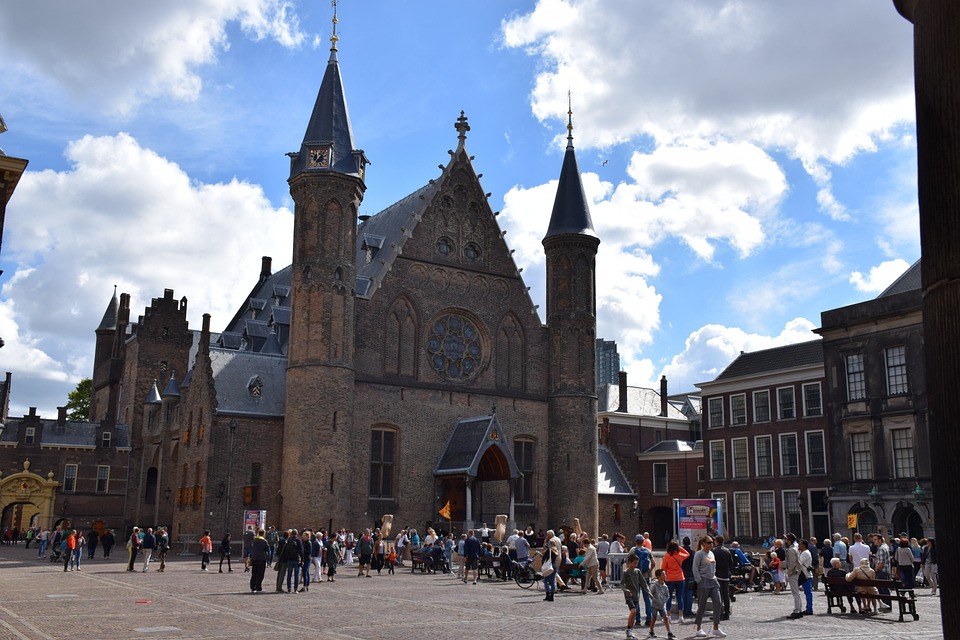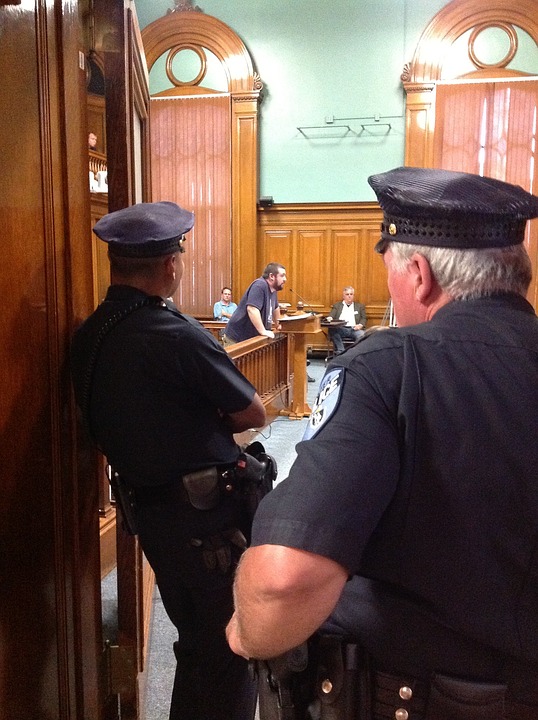
The Second War of Kappel, fought in 1531 near the modern municipality of Kappel am Albis in the heart of Switzerland, was a pivotal event in the tumultuous landscape of Reformation-era Europe. It was a conflict deeply rooted in religious divisions, territorial ambitions, and the complex dynamics of Swiss politics. This war not only shook the Swiss Confederation, but also had far-reaching consequences that resonated throughout the early modern period.
The Reformation, sparked by Martin Luther’s 95 Theses in 1517, had already begun to reshape the religious landscape of Europe. Switzerland, a decentralized nation composed of cantons with varying religious affiliations, found itself at the epicenter of this religious upheaval. By 1529, tensions between the Catholic cantons, known as the Old Swiss Confederation, and the Protestant cantons, forming the nascent Swiss Reformed Church, had reached a boiling point. The First War of Kappel in 1529 had attempted to resolve these tensions but failed to bring about lasting peace.
In 1531, the Second War of Kappel erupted primarily due to the inability to find common ground on religious matters. The Catholic cantons, led by Zug and Lucerne, sought to suppress the Reformation and uphold Catholicism, while the Protestant cantons, including Zurich and Bern, were determined to defend and expand their religious liberties. The conflict quickly escalated, with both sides gathering armed forces.
The Battle of Kappel, fought on October 11, 1531, was the climactic moment of the war. As the two armies faced each other, a remarkable event occurred that would later be interpreted as a sign of divine intervention. A solar eclipse darkened the battlefield, causing panic and confusion among the troops. This celestial occurrence is said to have compelled both sides to rethink their positions and seek a peaceful resolution.
In the history of this religious conflict, there was another unexpected occurrence, albeit a less heavenly one, that reputedly played a key role in the fighting between Catholics and Protestants. In the first War of Kappel, the battlefield was left bloodless because of the Swiss love of soup. (Before you laugh and run to Google to fact check me, let me bear personal witness to the Swiss belief in this story. I have personally visited the Kappeler Milchsuppenstein monument. It’s located alongside a local monastery, on a hill overlooking Lake Zug.) Here’s an account of the power of the soup as published last year in Military Times:
There are no records that detail how the soup was made or where it came from, but the story of the milk soup, known as “Kappel Milchsuppe” has become an integral story in Swiss history.
Made primarily with bread and milk, there is no definitive recipe left from the 1500s. Today’s recipes, however, feature various takes with butters, milks, cheeses, onion and garlic.
Though few facts about the original 500-year-old soup can be verified, BBC reported that historians agree the “broth was created by accident in June 1529 when two hungry armies met on a battlefield [at what is now known as the Milchsuppenstein, or ‘milk soup stone.’]”
“The soldiers from both sides mingled and eventually dined together — supposedly the troops from Zug provided the milk, and those from Zürich the bread to make this soup,” wrote Swiss cook and blogger Andie Pilot.
This brought to a close the first Kappel War.
“Negotiations continued, but to the amazement of everyone, the infantry brokered their own truce over a cooking pot while on the battlefield,” former Kappel Abbey pastor and historian Susanne Wey-Korthals told BBC. “Naturally, they were hungry after the long march, and Zürich had plenty of bread and salt, while Zug had a surplus of milk from its farms. From that the legend was born.”
Sadly, the soup wasn’t powerful enough to secure a lasting peace between the belligerents. Two years later, the Catholics and the Protestants were back in that same town, but the soup was nowhere to be found. Curiously, however, one of the principal factors that led to this second war was a food embargo enacted by the Protestant cantons against their Roman Catholic countrymen.
Shortly after the battle, representatives from both Catholic and Protestant cantons met at the Diet of Zurich to negotiate a settlement. In January 1532, they reached the Treaty of Kappel, a landmark agreement that brought an end to the hostilities. The treaty reaffirmed the territorial divisions along religious lines and allowed each canton to choose its faith, marking a critical step toward religious tolerance in Switzerland.
Importantly, the treaty also stipulated that no canton should use force to impose its religion on another, a principle that echoed the broader European desire for religious freedom.
The consequences of the Second War of Kappel were significant, not only for Switzerland but in the broader European context. Within Switzerland, the Treaty of Kappel laid the foundation for a lasting peace between the Catholic and Protestant cantons. The principle of religious coexistence established by the treaty was an early example of tolerance and pluralism in a time when religious conflicts were tearing Europe apart.
In the larger European context, the war and subsequent treaty exemplified the challenges and complexities of the Reformation era. It underscored the growing religious diversity within Europe and the struggles to find peaceful solutions to religious conflicts. The Treaty of Kappel’s recognition of religious diversity and the prohibition of religious coercion served as an important precursor to the principles of religious freedom that would later gain prominence in the Enlightenment and shape the development of modern Western nations.
The Second War of Kappel was a pivotal moment in European history, emblematic of the broader religious and political transformations of the Reformation era. Its resolution through the Treaty of Kappel demonstrated that, even in a deeply divided and religiously charged environment, it was possible to find common ground and establish principles of tolerance and coexistence. This legacy continues to resonate in Switzerland’s unique model of federalism and religious pluralism, as well as in the broader struggle for religious freedom and tolerance that has defined Western societies for centuries.
Shop For Night Vision | See more…
Shop For Survival Gear | See more…
-
Sale!

Portable Mini Water Filter Straw Survival Water Purifier
Original price was: $29.99.$14.99Current price is: $14.99. Add to cart -
Sale!

Quick Slow Release Paramedic Survival Emergency Tourniquet Buckle
Original price was: $14.99.$7.99Current price is: $7.99. Add to cart -
Sale!

Mesh Shooting Hunting Vest with Multi Pockets
Original price was: $59.99.$39.99Current price is: $39.99. Add to cart


















































